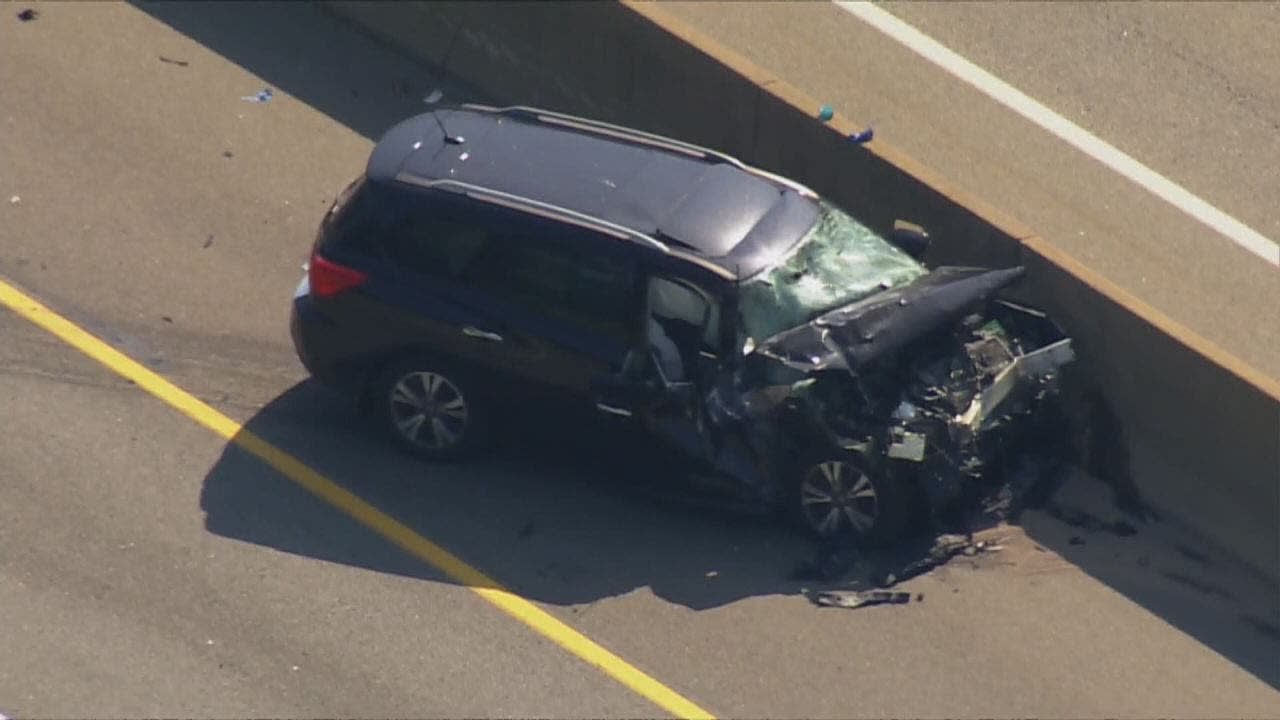
Uninsured and Underinsured Motorist Coverage - why the minimum isn't good enough
Uninsured motorist coverage is an oft-misunderstood concept, and has two similar but different parts: 1) uninsured motorist coverage (“UM”), and 2) underinsured motorist coverage (“UIM”). To illustrate how they apply, we'll use the following examples to explain:
Example I: While on 495, you are in bumper to bumper traffic at about 6pm. Without warning, you are struck from behind with considerable force. You get out, and as you do, the vehicle that hit you speeds off down the shoulder, onto an exit ramp, and out of sight. You call the police, but they cannot find him.
In this case, when you report the claim to your insurance company, it will be filed as an uninsured motorist claim. While it is possible that the driver who hit you has insurance, you cannot identify him to make the claim against that insurance company. Uninsured motorists are not only those without insurance, but also those whose identity cannot be determined.
The coverage that applies is your uninsured motorist coverage, offered as an essential part of the insurance policy that you pay for.
Example II: While heading home on I-66, you are struck in the rear by a work truck. You are in considerable pain, and you already know you’re going to the emergency room. The other driver apologizes, and even stays on scene. He gives you his insurance information, and the ambulance bundles you off to the hospital. You get a lot of imaging, and the doctors say that you have some fractures, and will need some physical therapy. When all is said and done, in the six months it takes you to get better, you amass $50,000 in medical bills. You file a claim with the at-fault driver’s insurance, and find out that they have the state-minimum insurance in Virginia (which, until 2021, was only $25,000. It has now been increased to $30,000 per person). Regardless, where do you get any additional recovery?
In this case, you have been injured by an insured motorist, with valid insurance. But the limits of that policy are insufficient to cover your damages (medical expenses, lost wages, permanency, pain and suffering, and more). You must look to your own coverage.
Part of uninsured motorist coverage is also under-insured motorist coverage. This is meant to help you as an insured driver when the at-fault carrier’s policy can’t completely cover your injuries. However, your insurance policy is entitled to an “offset” of the third-party insurance limits. An offset means a credit, or reduction. So, for example, if the other driver as a new minimum policy of $30,000, and your limits are $50,000 per accident, it works out like this:
$50,000 - $30,000 = $20,000 remaining potential recovery
If, however, your policy is also a state-minimum, you can end up with no additional recovery!
(Example: 30 - 30 = 0)
A “minimum” insurance policy comes with a “minimum” uninsured (and under-insured) motorist coverage. Your UM/UIM coverage is specifically crafted to protect you. If your coverage is minimum, and you’re hit by a minimally covered driver, your recovery could be limited to that insurance - no matter how catastrophic your injuries are.
You as the client (of the insurance company) have the option of increasing your coverage. This can cost more, of course, but compared to the coverage you purchase, can be a small amount (we have seen $10-$20 per month).
These issues can be incredibly complex. If you have questions about car insurance, and how to best protect yourself in the event of an accident, call Blaszkow Legal - 703-879-5910.
The definition of Uninsured Motorist Coverage, across the DMV:Virginia: § 38.2-2206. Uninsured motorist insurance coverage
Maryland: MD Ins Code § 19-509 (2018)
DC: § 31–2406. Availability of required and optional insurance and benefits